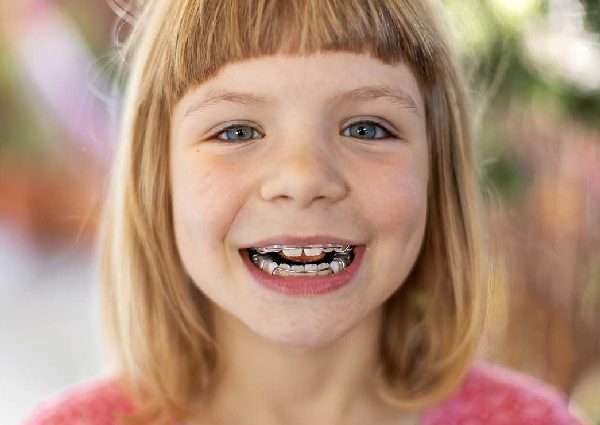


Parents often wonder when the right time is to start thinking about braces for their children. Dental alignment plays a significant role in oral health, facial development, and confidence. While each child develops differently, there are certain signs and recommended ages that can help guide your decision.
Braces are not just for achieving a perfect smile—they play a crucial role in correcting bite issues, aligning teeth properly, and preventing long-term dental problems. Misaligned teeth can lead to difficulties in chewing, speech, and even oral hygiene, increasing the risk of tooth decay and gum disease.
Some common orthodontic issues that may require braces include overcrowded teeth, overbite, underbite, crossbite, gaps between teeth, or jaw misalignment. These conditions can develop naturally or due to early tooth loss, thumb sucking, or genetics.
According to the American Association of Orthodontists (AAO), children should have their first orthodontic evaluation by age 7. At this stage, a child has both baby and permanent teeth, allowing the orthodontist to identify potential alignment or jaw growth problems early.
However, this doesn’t necessarily mean treatment starts right away. Many children won’t need braces until they’re between ages 9 and 14, when most of their permanent teeth have erupted. Early evaluation simply allows the dentist or orthodontist to plan ahead for the best possible timing.
In some cases, early intervention (known as Phase 1 treatment) can help guide jaw development, create more space for emerging teeth, and reduce the need for extensive treatment later. This might include removable appliances or partial braces.
For most children, however, braces are applied once the majority of permanent teeth have come in—typically between ages 11 and 13. By this time, the dentist can assess the full picture and provide a comprehensive treatment plan.
Watch for warning signs such as difficulty biting or chewing, mouth breathing, frequent biting of the inner cheek, thumb sucking beyond age 5, or early/late loss of baby teeth. Visible crowding or protruding teeth are also clear indicators that orthodontic care may be beneficial.
The best time to get braces depends on your child’s unique dental development. Regular dental visits from an early age help track progress and identify problems before they worsen. Your dentist will guide you on whether traditional braces, clear aligners, or other orthodontic solutions are best suited for your child.
Choosing the right time for braces is about more than age—it’s about timing braces treatment to match your child’s growth and dental development. Early evaluation ensures better outcomes and a healthier, more confident smile.
Dentist Adda provides the best orthodontic and preventive dental care for children, ensuring early detection and personalized treatment plans for lasting oral health and beautiful smiles.

